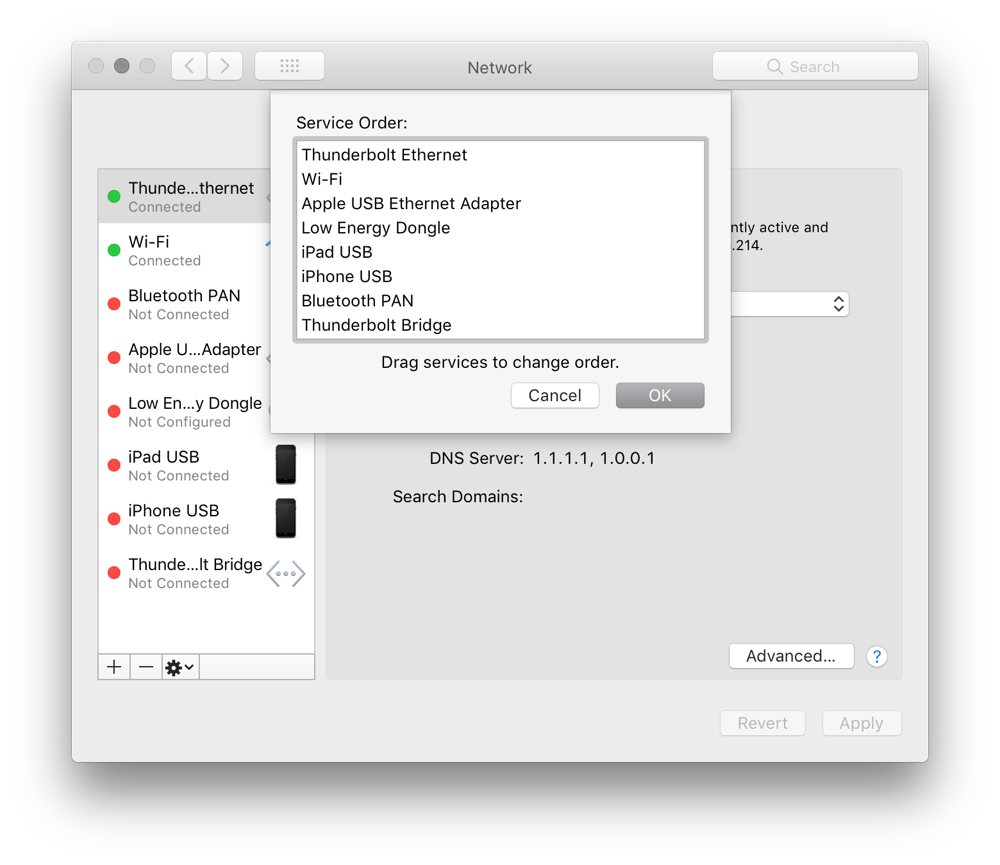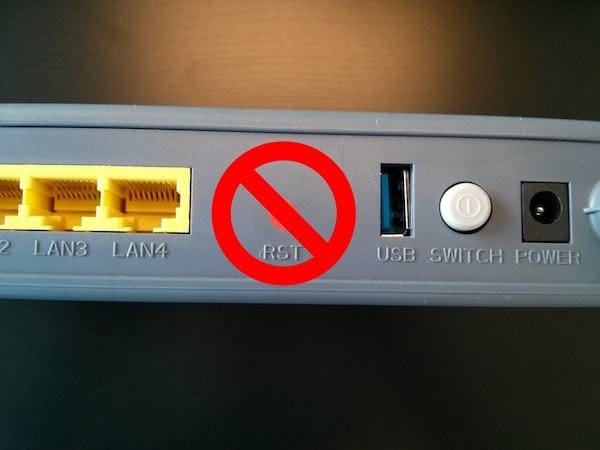
The antennas for Wi-Fi and Bluetooth are located there, and USB 3 devices placed there might interfere with your wireless connections. If your USB device has a cable long enough that you can move the device, place it away from your Mac-and make sure not to place it behind your Mac, or near the hinge of its display.Some USB 3 devices can generate radio frequency interference that can cause Wi-Fi and Bluetooth devices operating in the 2.4GHz band to have issues communicating with your computer. As a matter of fact, if your workflow needs the absolute top performance, you’re probably using a USB-C to ethernet adaptor or a 10GB ethernet adaptor and not your Wi-Fi connection anyways.Why do I have difficulty with Wi-Fi or Bluetooth devices when USB 3 devices are attached to my computer?

The 2021 MacBook Pros can have a slightly slower performance on Wi-Fi when on Wi-Fi 5 compared to previous, but in daily use – you’ll will likely never notice.

Wi-Fi speeds are highly subjective as they will greatly depend on your current Wi-Fi and RF environment with factors such as types of access points in use, number of devices on the network, how far you are from the access point, and the RF environment. Left: 2021 Mac specs / Right: 2017-2019 Intel-based Mac specsĮven though, you shouldn’t worry about this Wi-Fi “limitation.” Bulzomi said he was able to conduct a few tests and only noticed a slight speed difference between the new Macs and the ones from 2017-2019 that are Intel-based. Furthermore, 802.11ax/Wi-Fi 6 is only available in the Apple Silicon models, so it’s not quite an apples to apples comparison. Not only that, but having fewer spatial streams also help save battery life. There’s a lot you can speculate about that, including that perhaps the M1 chips aren’t built for more than 2 spatial streams as no iOS device supports more than 2. The big difference here lays in maximum spatial streams, in which the newer MacBook Pro only has 2/MIMO while the older ones have three. MacBook Pro models from 2017-2019, which are all Intel-based, feature the standard 802.11 GHz, which brings a maximum PHY data rate of up to 1300 Mbps.


As Apple updates its support pages to give more information about the new MacBook Pro with M1 Pro and M1 Max chips, we’re able to understand more about what these new computers feature or not.Īs spotted by graphic designer Anton Bulzomi, the new MacBook Pro has a slower 802.11ac (Wi-Fi 5) specs than Intel-based 2017-2019 models.Īs you can see on this support page here, the 2021 16-inch and 14-inch MacBook Pro, as well as the 2020 M1 MacBook Pro, share the same 802.11 GHz standards with a maximum PHY data rate of 1200 Mbps.


 0 kommentar(er)
0 kommentar(er)
